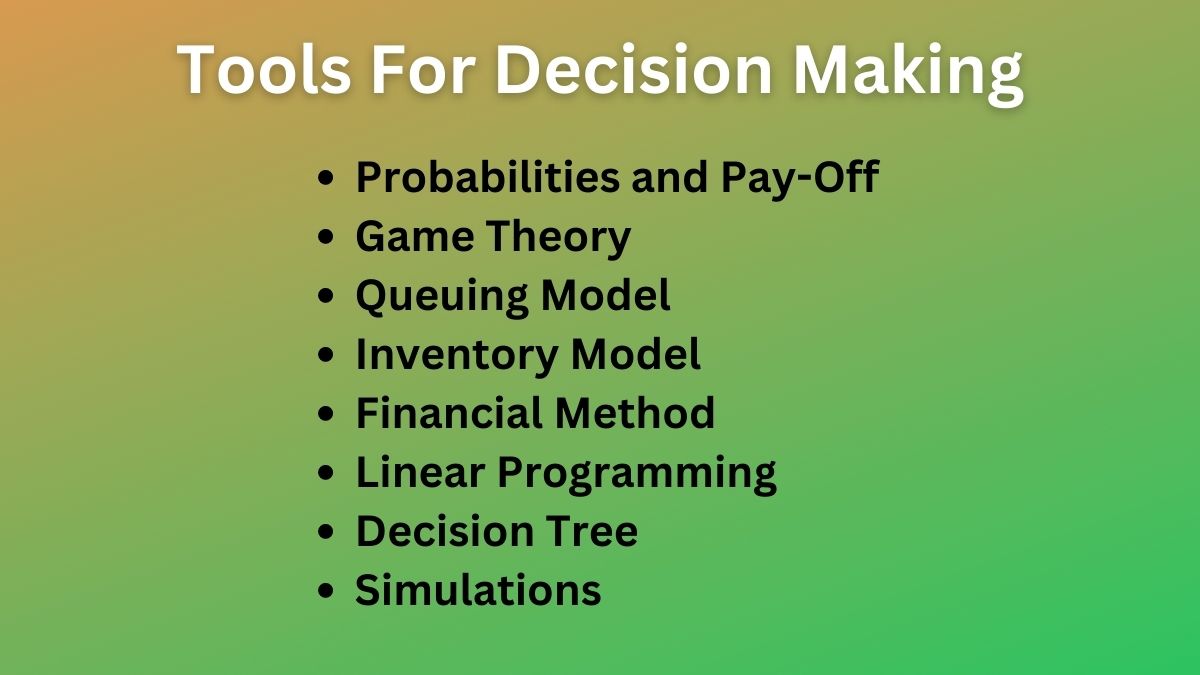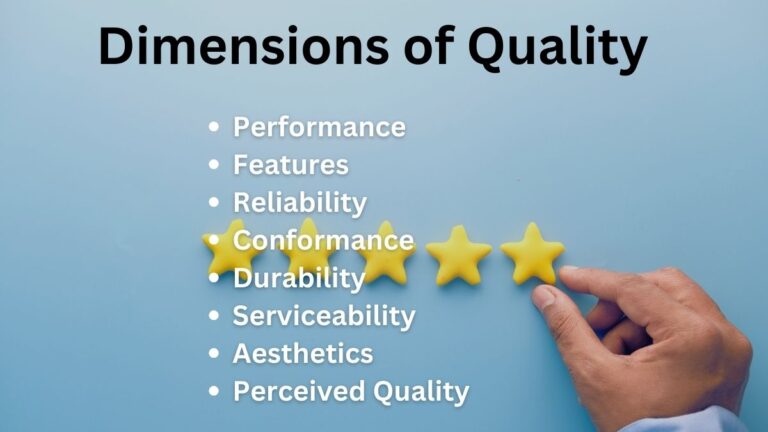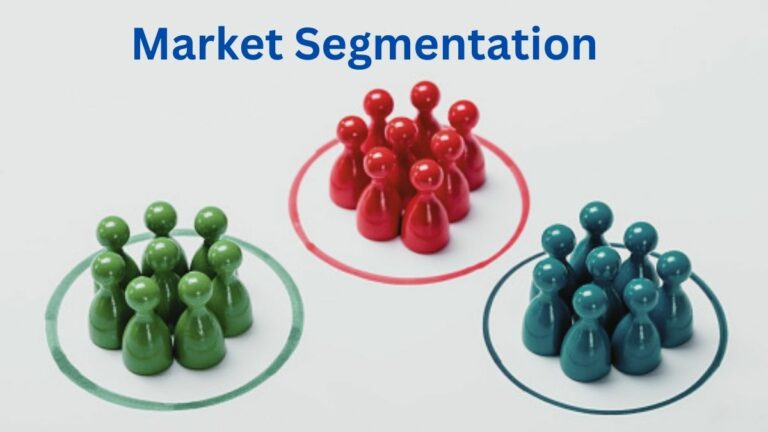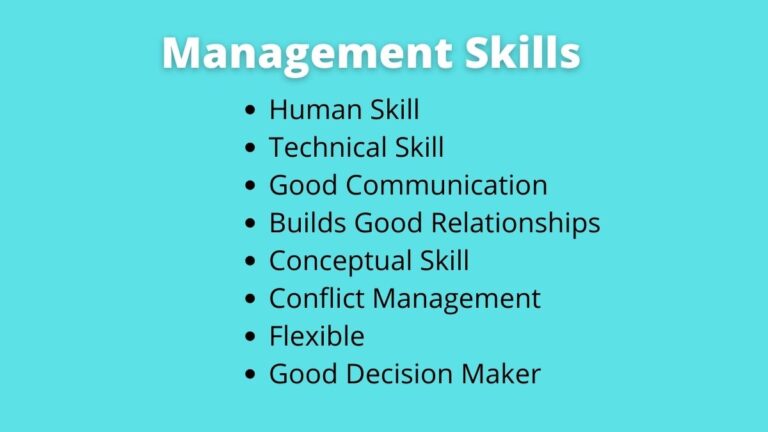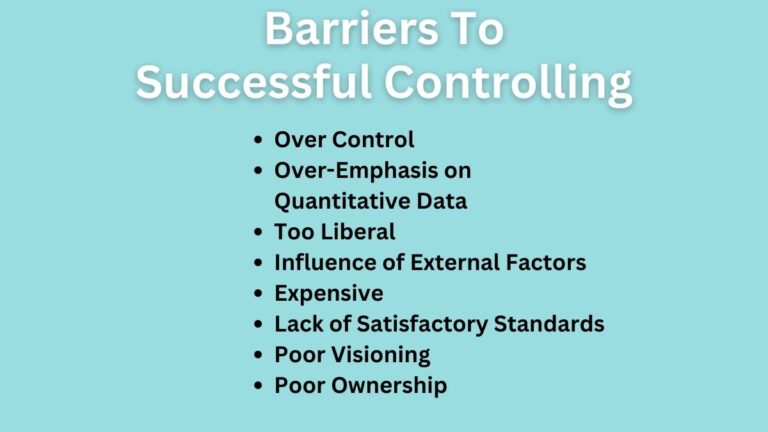8 Common Tools and Techniques For Decision Making [Explained]
Tools and Techniques For Decision Making
Managers can use various tools for making decisions in order to make more effective decisions. They require factual information, expert opinion, and other tools for the purpose.
Managers usually select qualitative and quantitative tools of decision-making on the basis of the nature of problems and the need for accuracy. Some of the important decision-making tools and techniques are mentioned below:
Probabilities and Pay-Off
Probability is a statistical indicator of the likelihood that a specific event will take place in the future. On the basis of prior experiences and judgments, decision-makers assign a specific weight to certain events that occur or do not occur.
The pay-off is the sum of the values of all the estimated outcomes of the alternatives multiplied by their respective probability. The alternative having the maximum expected weight should be selected.
Game Theory
Game theory is developed by Van Newmann and Marge Stern. The development of strategies against rivals is related to game theory. According to this concept, business issues and games share many parallels.
Business games are used to develop competitive strategies that will give rivals the most effective counteraction. The outcome of the game is the readiness of managers to respond to the actions of competitors.
Queuing Model
This model is useful to control various types of waiting lines. It entails using estimated probabilities to estimate the number of people who will wait in the queues. Managers should choose how many counters to open in order to get the most consumers in the shortest amount of time.
It aids in maintaining a balance between costs and client wait times. This decision-making method can be used in banks, telecom counters, etc.
Inventory Model
Businesses can use inventory models to determine the ideal level of stocks to have on hand in order to minimize inventory costs and ensure that there is always an adequate supply of the raw materials, equipment, and finished items needed for production as well as for customer supply.
Utilizing carrying cost, ordering cost, storage cost, and other inventory-related factors, one can determine the economic order quantity. Managers should buy or stock such a quantity so their total cost can be minimized.
Related: Group Decision-Making Methods
Financial Method
There are many financial and accounting methods that help to reach organizational decisions. Ratio analysis is one of the important tools for financial decision-making. While capital budgeting, flexible budgeting, standard costing, cost-volume-profit analysis, etc. are some other important tools for decision-making.
Linear Programming
Making decisions about limited resources, such as energy, machinery, materials, money, staff, space, and time, which may be used to produce a variety of potential outputs, is known as linear programming.
With this technique, different linear inequalities pertaining to particular circumstances are constructed, and the greatest value attainable in those circumstances is identified. It is a method of mathematics used in computer modeling.
This is the most popular technique for the decision-making process to find the best possible solution in allocating limited resources to achieve maximum profit or minimum cost.
Decision Tree
A decision tree is a graphical representation of the options and the likelihood that they will lead to a decision. Using this tool, a manager can graph various decision-making alternatives and get a thorough understanding of the situation.
Managers are forced to be clear when examining the circumstances around potential decisions and when predicting how various alternatives will turn out by using decision trees.
The analysis of hiring, marketing, investments, equipment purchases, pricing, and other decisions involving the progression of smaller decisions can be done well by using decision trees. They are used to evaluate decisions under conditions of risk.
Simulations
Any form of activity that attempts to simulate an existing system or scenario in a simpler way is known as simulation. In order to construct models, simulation is frequently utilized, and the simulator replicates an object in an effort to comprehend it.
The simulator modifies the fact after it has been understood by changing the parameters that were used to create the model. At this stage of the decision-making process, a manager might simulate potential options and forecast their results in the simulation, eliminating any uncertainty.
Read Next: Process of Decision Making
Sajan Kushmi is a content writer with more than 4 years of experience. He holds BIM Degree. He write on the topics related to Management, Marketing, and Entrepreneurship.
